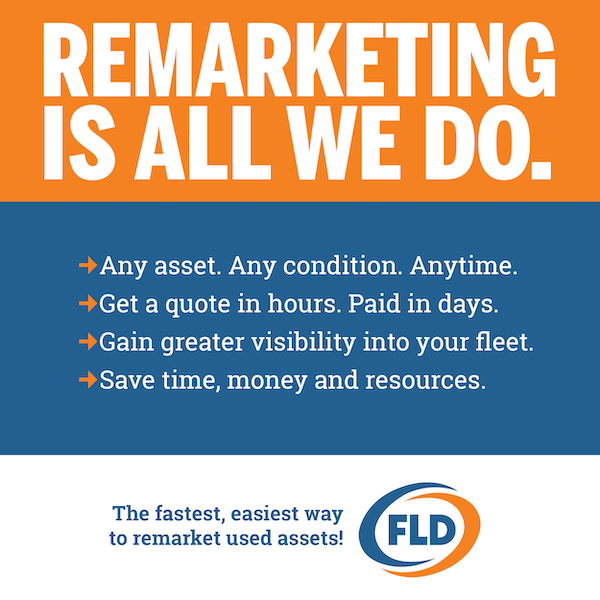
As of January 1, cap-and-trade regulations to reduce carbon and greenhouse gas (GHG) emissions have been enacted in California and Quebec. The Canadian province aims to reduce emissions to 25% below 1990 levels by 2020 and California wants to meet 1990 levels by that same year to address climate change. In California, the first phase of the program governs electricity suppliers and large industrial sources including oil refineries like Chevron’s Richmond facility, which is the largest emitter of GHG in California. The second phase of the program will include distributors of gasoline, diesel, and natural gas. It’s all part of a larger statewide initiative, called the “Scoping Plan,” with performance standards for cleaner cars, fuels, energy efficiency, and renewable energy requirements. All of it falls under the Global Warming Solutions Act, or AB 32, that was promoted and signed by then-Gov. Arnold Schwarzenegger in 2006. It’s going to take a while to become commonplace, but carbon credits could become a metric that affects automakers and public and private fleets in years to come.
The California Air Resources Board has overseen the state’s first cap-and-trade carbon credit auction, which took place on Nov. 14, 2012. The second auction is scheduled to take place on Feb. 19, 2013. It’s the second carbon market in the US, following the Northeast’s Regional Greenhouse Gas Initiative. California and Quebec may set up their own carbon trading exchange, which could be adopted by other interested states and provinces. During California’s first auction, bidding and buying of pollution allowances took place online during a three-hour window. There was no frenzied bidding, as you can occasionally see on Wall Street – bids were placed quietly from computers around the country. During the first day of trading, 23.1 million allowances offered at the auction to cover 2013 emissions were purchased.
The Obama administration’s cap and trade bill fizzled out in Washington during 2010. It’s not likely that a cap and trade bill will be adopted in Washington anytime soon, but the California market will be followed closely. The European Union enacted its own carbon regulations years ago, and has been struggling to see its carbon trading market stabilize more recently as energy costs have remained high. Carbon credits are being tested in government and corporate pilot programs in major markets around the world, including China, India, and Vietnam. Automakers are routinely factoring in reduced carbon and GHG gas emissions into their engineering, design, and marketing strategies; this is very typically promoted now by German automakers. In the US market, the federal fuel economy standards to reach 54.5 miles per gallon by 2025 are the benchmark; however GHG emissions reduction is built into these policies and automakers do have the ability to trade credits in the recently finalized federal standards. For example, Chrysler could purchase credits from Tesla Motors for its zero emission vehicles, to comply with the federal mandate.




